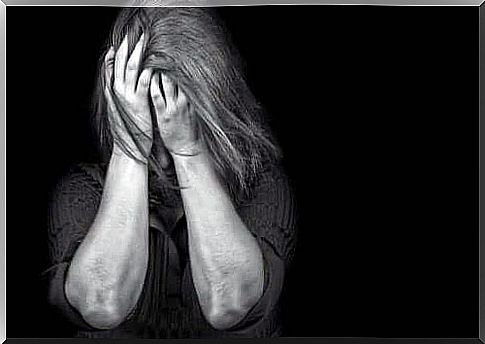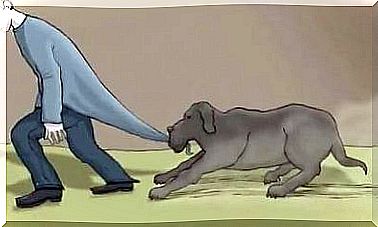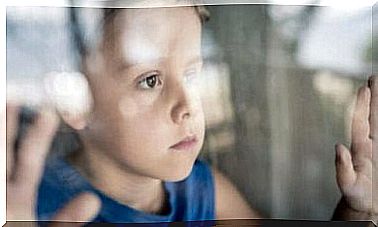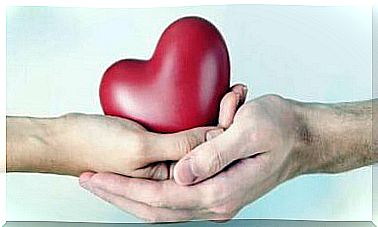The Soldier Syndrome: Post-Traumatic Stress Disorder (PTSD)

In 1980 the term post-traumatic stress disorder (PTSD) was first introduced. This was the first time it was included in the American Psychiatric Association’s Diagnostic Classification Guide (DSM-III). Up to this point in time, the so-called “soldier syndrome” had not been clarified in its definitions and categories.
During the First World War, doctors called the battle-stress-related illness that soldiers suffered from “exertion syndrome”. During World War II they called it the “traumatic war neurosis”.
In the Vietnam War, the term ranged from “combat stress reaction” to “adjustment disorders in adulthood” to “post-Vietnam syndrome”. However, after the Vietnam War, social pressure forced experts to redefine the concept.
This was when the term PTSD came into being. Experts began to recognize it as the primary diagnostic unit in the group of anxiety disorders. In this article, we’re going to talk about PTSD as the Soldier Syndrome to put in a military setting.
Definition and origin of Soldier Syndrome or PTSD

Everyone experiences stressful or traumatic situations in the course of their life. If the stressful circumstances are of a particular nature and intensity, they can cause a sudden and total imbalance in the mental structure. At the same time, they block the adaptive and defensive abilities of the individual. In other words, the situation overwhelms those affected in every way and therefore cannot react adaptively. As a result, traumatic stress sets in.
The causes of Soldier Syndrome or PTSD are those experiences or environmental conditions that produce psychological trauma. PTSD occurs as a result of exposure to traumatic stressors that seriously endanger the mental and physical integrity of the individual. The individual’s subjective perception of fear and their personal inability to deal with this situation are also relevant.
Several factors determine whether or not someone develops PTSD:
- The intensity and severity of the trauma. The degree of danger threatening the subject’s life, physical and mental health and identity.
- The level of exposure, effects, and proximity of the subject to the traumatic event.
- The repetition of traumatic situations. Repeated exposure to a stressor weakens their resistance and adaptability until they develop Soldier Syndrome or PTSD.
- The type of trauma a person is exposed to.
Soldier syndrome and its symptoms
Anxiety, depression, guilt, and suffering are some of the most common PTSD symptoms. However, the most characteristic symptoms of Soldier Syndrome can be divided into four main categories:
Intrusive memories: flashbacks and nightmares
It is very common to relive a traumatic event over and over again. The emotional and physical sensations can be as real as the first time. Every everyday event can trigger flashbacks. This is especially true if they relate in any way to the traumatic event.
Avoidance is a common symptom of Soldier Syndrome
Constantly reliving the traumatic event is very distracting. People with PTSD therefore avoid people and places that remind them of what happened. In addition, they also avoid talking about it. For this reason, one way to deal with pain is to simply deny the feelings and tune out everything and avoid the great suffering.
Overexcitability
People with Soldier Syndrome are overconscious. You are also always on the defensive. You feel in constant danger. This is known as over-excitability.
Cognitive, as well as mood and behavior changes in soldier syndrome
People with PTSD often develop very negatively about everything around them and themselves. They feel guilty and are unable to experience positive emotions or feelings. You could even get aggressive or violent. In addition, they are easily irritated, careless and reckless.
Soldier Syndrome: PTSD in the Military
Some characteristics of the military population relate to and affect Soldier Syndrome or PTSD. These elements also exacerbate the patient’s symptoms and can make clinical procedures difficult.
- The military training. This type of training forces soldiers to be overly vigilant. This, in turn, can be very dangerous when a PTSD patient becomes violent.
- Problems with authority. This can also make it difficult for them to accept changes in authority staff. Or they may have problems accepting someone who does not have the experience the soldier deems “appropriate”.
- Return home. When people in the military finally go home, they often feel abandoned, guilty, and desperate. They often have the feeling that they no longer fit into their old life. They might feel guilty about surviving the war while their friends died in the military.
- Brutal memories of the fight. The memories of the cruel situations they experienced can haunt them.

Clinical intervention
Treatment for PTSD in a military context is most effective when it begins immediately after the traumatic event. Because this will help those affected reduce the stress and complications that may arise. A common technique is “debriefing” or follow-up work. This type of therapy helps them integrate and become aware of the traumatic events that a group has experienced.
Another important tool is psychological education, which can help predict symptoms. Psychotherapy training is also a very positive tool in preparing soldiers for what they might see in combat.
After all, the most important thing about psychotherapy is that it adapts to each person’s circumstances. It can be done in a group or in an individual setting. The former is very effective when it comes to a unitary group.









